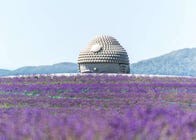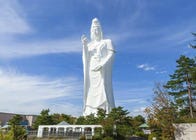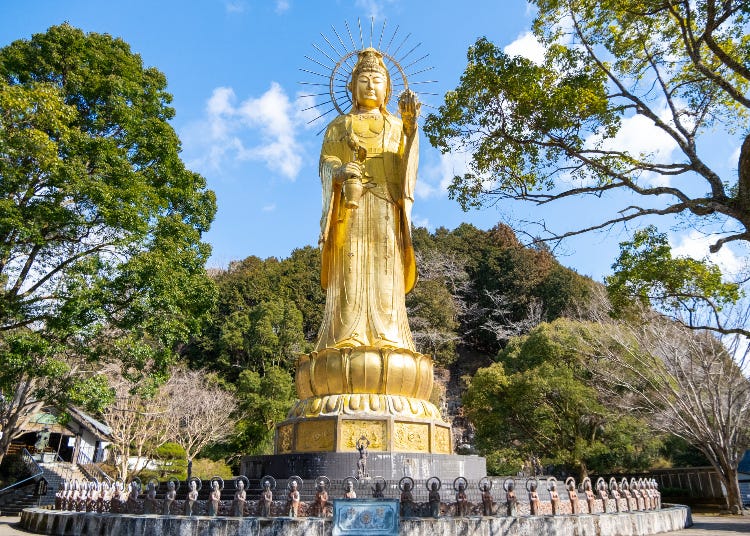
Though Japan offers a variety of giant Buddha statues, one that stands out is the 33-meter-tall, gold-covered Kannon (Goddess of Mercy) statue.
Located in Mie Prefecture’s Tsu City, it sits right in-between Osaka and Nagoya. What’s more, nestled between the mountains, the statue’s gold exterior peeks through tree-covered terrain-grabbing the attention of many passengers who use the nearby train station.
During our visit, we found Hojuyama Daikanon Temple to be a unique site filled with many impressive Buddha and Kannon statues. We also took some photos of the neighboring Japon Louvre Sculpture Museum! Here we will share some of the things you can see and do at these extraordinary facilities.
What Kind of Place is Hojuyama Daikanon Temple?
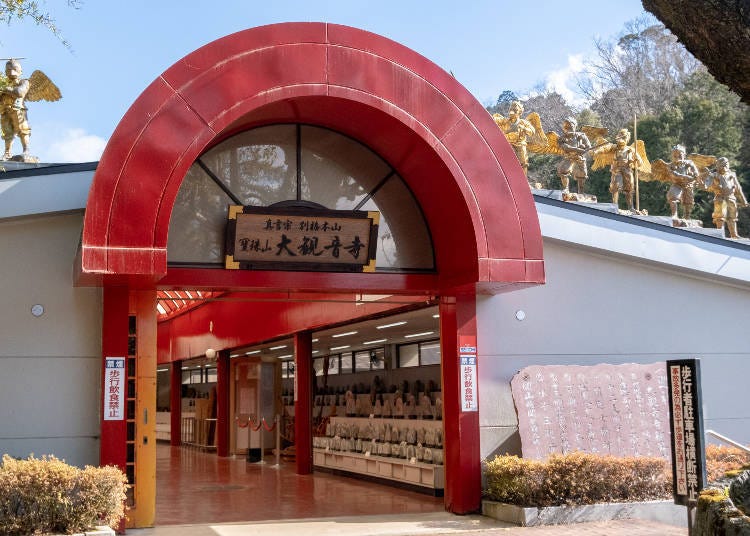
Daikannon Temple is officially known as Hojuyama Daikanon Temple. Built in 1982, it’s one of Japan’s newer temples.
The temple’s principal object of worship is the Junkin Kaiun Hoshu Daikannon Bosatsu, a 33-meter-tall Kannon Statue made with pure gold.
Other objects of worship include a mic-holding Karaoke Kannon as well as a statue of Hakutaku, a divine animal from ancient Chinese mythology.
Due to being home to such rare idols, this site has been introduced in magazines, newspapers, and on T.V. as the go-to place for good fortune.
What’s more, nearby the temple is the Japon Louvre Sculpture Museum. This museum displays faithful replicas of sculptures found in France’s Louvre Museum.
Access
To get here, you can take the Kintentsu Railway from either Osaka or Nagoya. The temple is located a five-minute walk from Sakakibara-Onsenguchi Station. It takes about an hour and 20 minutes from the Osaka/Nagoya area, making it perfect for a day trip!
This Dynamic, Golden Kannon Statue Can Be Seen from the Station!
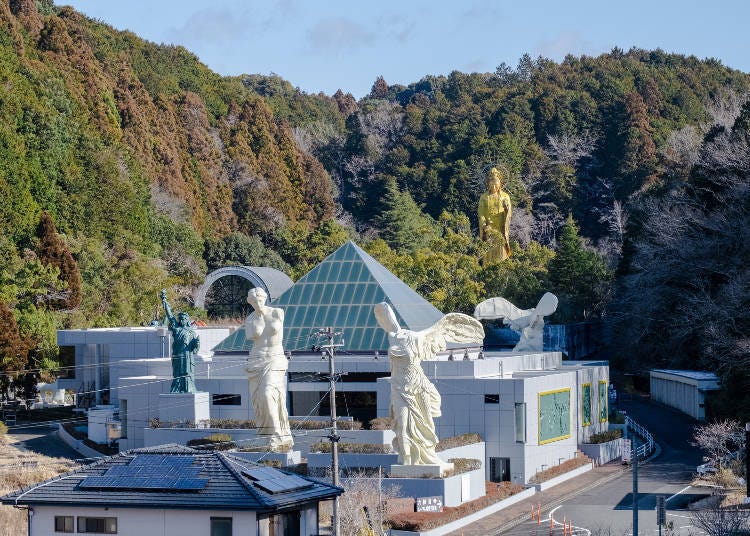
The golden Kannon statue greets you as soon as you get off at Sakakibara-Onsenguchi Station! Even when compared to the surrounding mountains, it stands impressively tall!
In front of the golden Kannon statue are gigantic replicas of the Venus de Milo and the Winged Victory of Samothrace. Make sure to stop by these sculptures after visiting the temple!
After leaving the station, you are first greeted by enormous statues from the Japon Louvre Sculpture Museum. At the foot of these sculptures, you’ll find guideboards to Daikannon Temple. These lead you through the parking lot and right to the temple’s entrance. You can catch glimpses of the golden Kannon statue past the trees.


On the entrance roof are karasu tengu - crow-billed goblins! These are mythical creatures said to be incarnations of the Buddhist guardian deity, Karura. The golden Kannon statue stands straight ahead once you pass the entrance and get onto the main pathway.

A pathway to the temple stretches out right in front of you from the main entrance. The golden Kannon statue awaits at the very end of this path.
You can get a sense of the true enormity of this deity when comparing it with the trees surrounding it. With each step you take, you will be at a loss for words at its shining, strong presence!
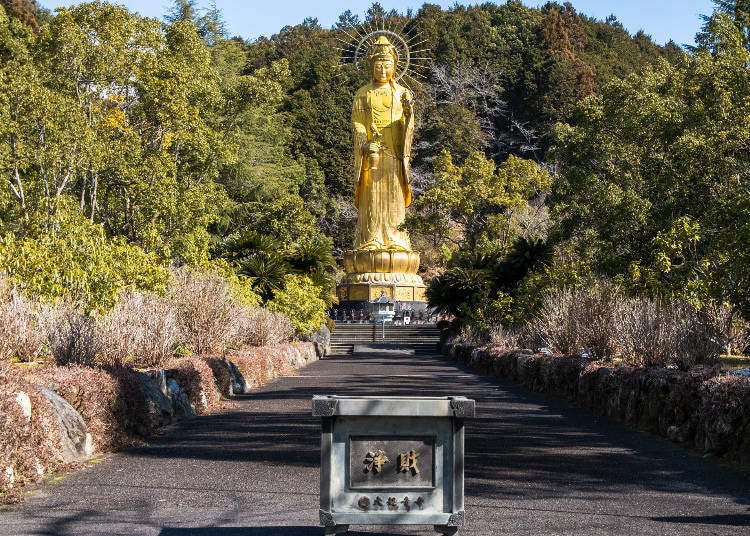
Formally known as the Kanzeon Bosatsu (Goddess of Mercy), it also lovingly bears the Japanese name, Kannon-sama. According to Buddhist teachings, this bodhisattva is able to transform into 33 various shapes and figures to appear to those in need. The fact that the statue is 33-meters tall is also a nod to this ability.
Also, at the foot of the golden Kannon are a total of 108 smaller Kannon statues as well as guardian deities known as Shitennou (Four Heavenly Kings). Though seemingly tiny, each figure stands about a meter and 50 centimeters tall. This is the average height of a sixth grader! Given this information, you may be able to take a guess at how tall this golden Kannon actually is.


As this statue is located in a mountainous area, cherry blossoms can be enjoyed in the springtime! This scenery is undeniably exquisite!
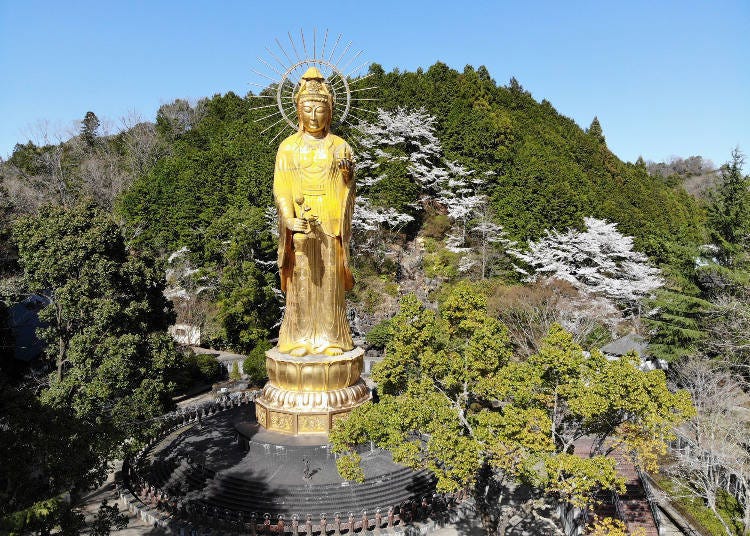
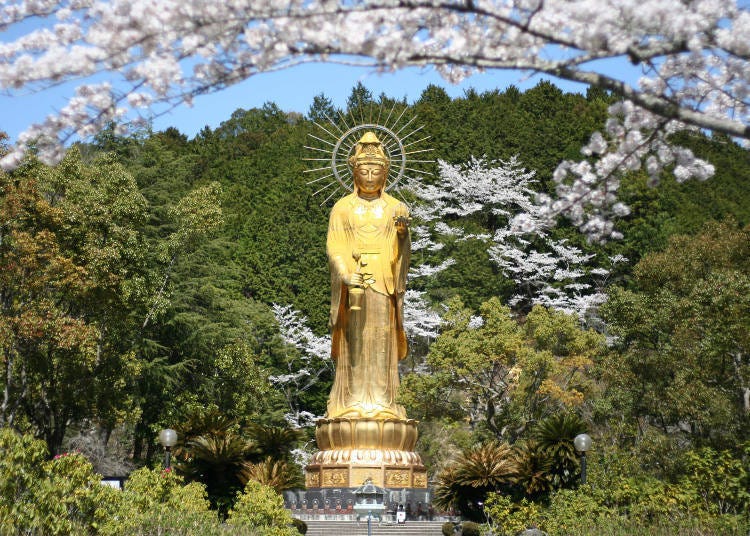
The golden Kannon statue has something in its hand if you look closely. The deity is holding a lotus flower in its right, and in its left, a globus cruciger (an orb and cross).
The lotus flower symbolizes good luck, while the globus cruciger represents wealth, happiness, and prosperity. These items are represented in some of the Japanese characters found in the formal name of the golden Kannon statue.

The golden Kannon was built by Daikannon Temple’s first chief priest. Since the head priest could make a living by running the temple, he wanted to give something back to its worshipers. After some deliberation, he decided to build a Kannon statue made entirely of gold.
The golden Kannon was built at a time when Buddha statues were explosively popular in Japan. Consequently, crowds of people traveled to worship at its feet. It’s said that this statue had a million visitors only ten months after its initial consecration ceremony held on January 1st, 1982! This means that around 100,000 people visited the figure each month!

The chief priest was so grateful for this; he wanted to create something that would bring even more joy to visiting guests. This led to an increase in statues and sacred sites-resulting in the glorious golden Kannon statue that we know today.
Answering Unique Prayers: Buddha Statues for Karaoke and Warding Off Illnesses!
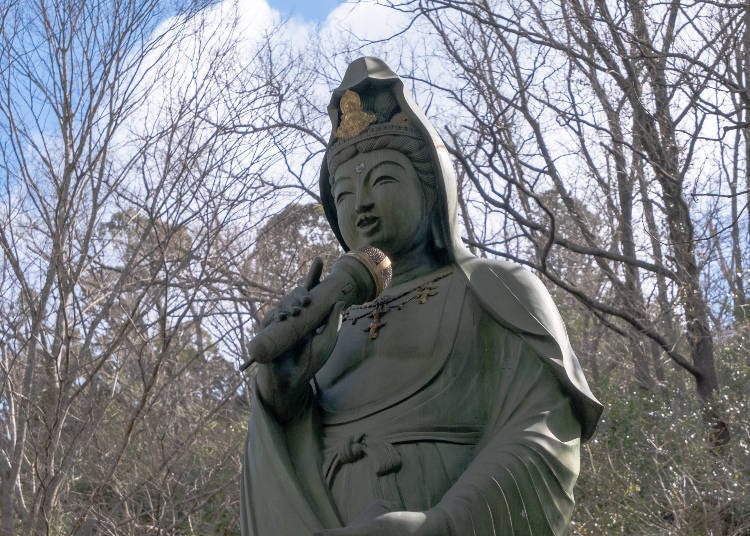
Now we will introduce some of the other unique statues found on Daikannon Temple’s grounds!
First up is the mic-holding Karaoke Kannon. This statue is the only one of its kind in the world!

The Karaoke Kannon was donated by a worshiper who became successful in the karaoke business upon visiting the temple. At the time, there was fear that creating a mic-holding Kanzeon Bosatsu would be disrespectful.
However, since Kanzeon Bosatsu are known for changing their shape to assist others, it was agreed upon that such a statue should also be acceptable. Not limited to karaoke lovers-it acts as a guardian deity for professions that require microphones. This includes singers or newscasters.
Next to the Karaoke Kannon is another rare statue. Here stands Hakutaku-a divine animal from ancient Chinese mythology!
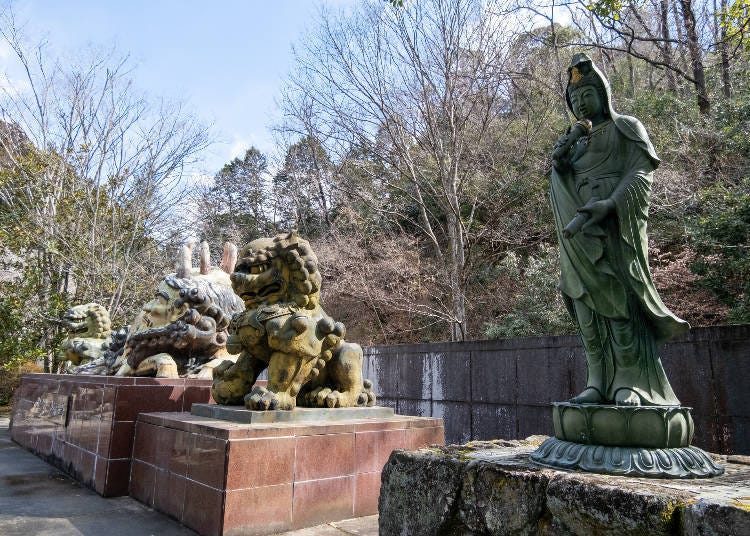

Hakutaku are divine beasts who understand human language and appear among virtuous leaders for assistance. Also said to ward off evil spirits, pictures of these beasts have been used for Japanese charms and protection against illnesses.
The Hakutaku statue was built in the 1980s. As cancer had become the number one cause of death in Japan, Hakutaku became a source of calm in a sea of fear and worry. Currently, worshipers come to this statue to ask for protection from various diseases, including the spread of Covid-19.
We also found a very Instagrammable statue! This is an orchestra of maneki-neko - the famous beckoning cats. In the background are bussoku-geta (divine wooden clogs), made large enough to fit the golden Kannon statue’s feet. The patterns on the clogs are made to represent the toeprints of the Kannon. If you look closely, you might feel this pattern resembles a cat’s face!

Additionally, you can find a manbai lid sculpture made to honor the Buddhist monk Kukai. This is said to be the most enormous lid sculpture in the world!
Furthermore, there are the extraordinary 88 temples of Shikoku (holy spots related to Kobo Daishi) to visit. Although the size and uniqueness of everything at this temple may initially be shocking, there’s no doubt you’ll start to feel rejuvenated when exploring these special grounds!

-
Hojuyama Daikanon Temple真言宗別格本山 寶珠山大観音寺
- Address 1957, Sada, Hakusan-Cho, Tsu-Shi, Mie 515-2621
Also Enjoy the Neighboring Japon Louvre Sculpture Museum
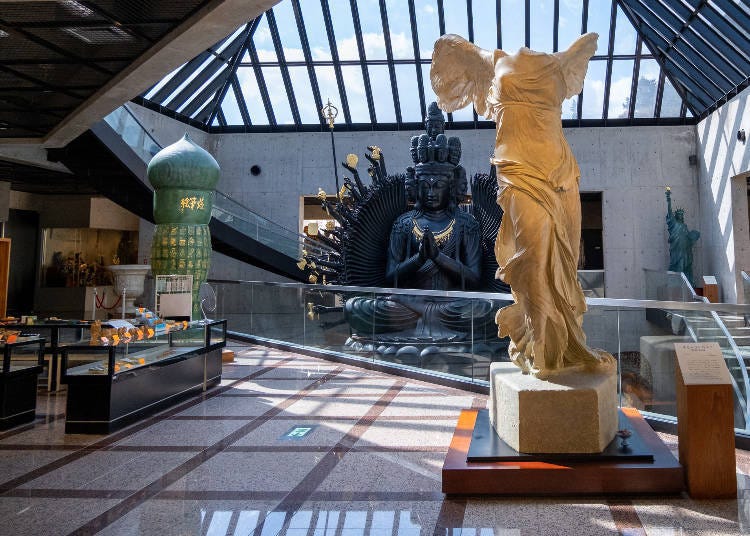
Once you’ve visited Daikannon Temple, stop by the Japon Louvre Sculpture Museum! This museum is located on the other side of the parking lot across from the temple.
You will have no trouble finding the museum as giant replicas of the Venus de Milo and the Winged Victory of Samothrace decorate its grounds.

Built by the first chief priest that made the golden Kannon statue, this museum is also operated by Daikannon Temple.
Beginning with works such as Venus de Milo, the chief priest was deeply moved by his first visit to the Louvre Museum. He returned to Japan with a strong desire for these works to be enjoyed by as many people as possible.
However, during the time of his initial visit, traveling abroad was extremely expensive, making it difficult for large numbers of people to visit the Louvre in person.
Given this, the chief priest took matters into his own hands, visiting the museum a total of 17 times until they agreed to make molded replicas of their sculptures. Charmed by his passion, staff at the Louvre’s art department agreed to make casts from direct impressions.
Upon entering the museum, you’ll first be greeted by a replica of the Winged Victory of Samothrace. Behind this sculpture is the Juichimen Senju Kannon (Eleven-faced and thousand-armed Kannon). The collaboration of ancient Greek sculptures with Japanese Buddha statues is truly impactful!

Here’s the replica of Venus de Milo.

Because these sculptures were cast from original works, the size, shape, and fine lines or scratches are faithfully replicated. Prepare to be awestruck by sculptures that seem to have materialized straight from your history book! This facility is also recognized as a sister museum to the Louvre.


Here we have introduced Daikannon Temple’s unique golden Kannon statue and the neighboring Japan Louvre Sculpture Museum. Though these facilities may seem a little strange, each sculpture or statue is made to please its visitors! Why not stop by on a trip to Osaka or Nagoya Prefecture?
Here we have introduced Daikannon Temple’s unique golden Kannon statue and the neighboring Japon Louvre Sculpture Museum. Though these facilities may seem a little strange, each sculpture or statue is made to please its visitors! Why not stop by on a trip to Osaka or Nagoya?
Note
・No Guides in Foreign Languages Available
Health & Safety Measures
Cleaning, disinfection, and sterilization of facilities in the building /Usage of coin trays/ Staff wear masks, disinfect, and monitor their temperature and physical condition / Entry declined to anyone who is feeling unwell/ Guests asked to wear masks, disinfect hands, and have their health status checked
-
Japon Louvre Sculpture Museumルーブル彫刻美術館
- Address 1957, Sada Higashitanii, Hakusan-Cho, Tsu-Shi, Mie 515-2621
*The information in this article is from March 2022. For updated information, please refer to the official websites.
Written by:

- Area
- Category
*Prices and options mentioned are subject to change.
*Unless stated otherwise, all prices include tax.
Limited time offer: 10% discount coupons available now!
Recommended places for you
-

Kamesushi Sohonten
Sushi
Umeda, Osaka Station, Kitashinchi
-
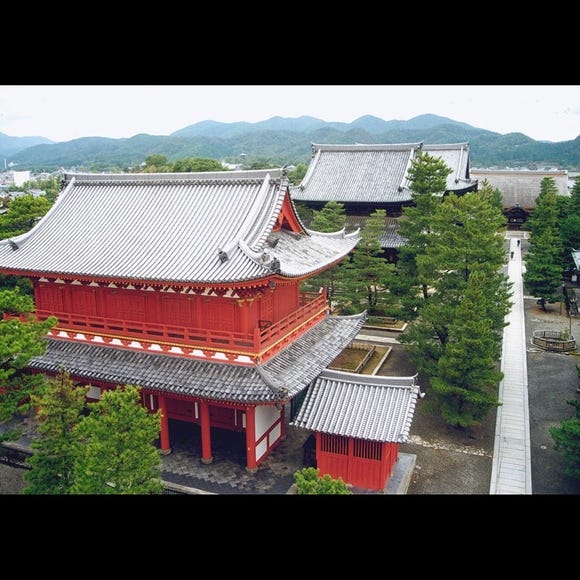
Myoshin-ji Temple
Temples
Arashiyama, Uzumasa
-
Menu
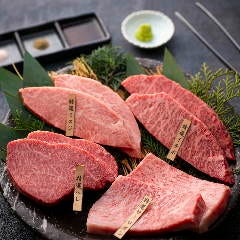
ISHIDAYA Hanare
Yakiniku
Kobe, Sannomiya, Kitano
-
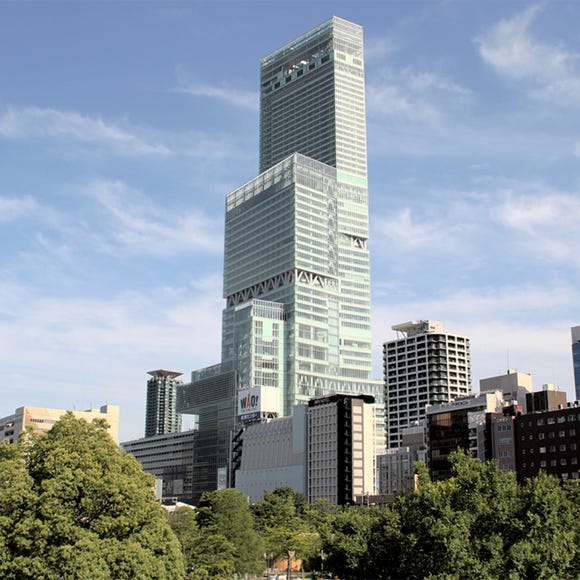
Abeno Harukas
Landmarks
Shinsekai, Tennouji, Tsuruhashi
-
Goods

Yoshida Gennojo-Roho Kyoto Buddhist Altars
Gift Shops
Nijo Castle, Kyoto Imperial Palace
-

Jukuseiniku-to Namamottsuarera Nikubaru Italian Nikutaria Sannomiya
Izakaya
Kobe, Sannomiya, Kitano
-
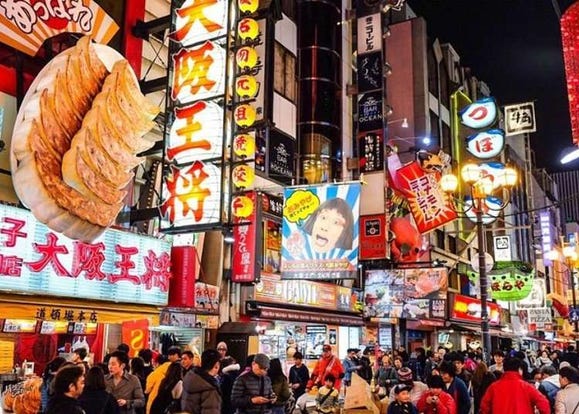
14 Unique & Fun Osaka Food Tours to Enjoy in 2024
-

Everything You Need to Know About the Kansai Railway Pass
-
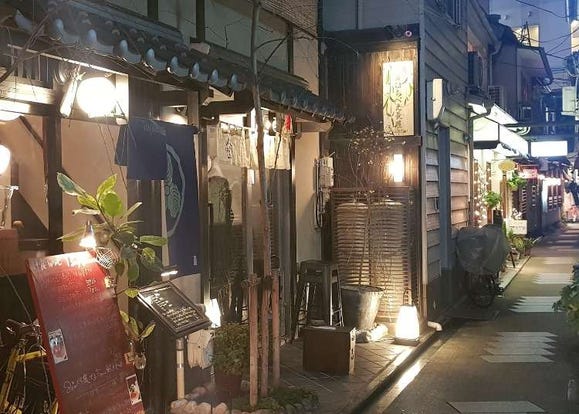
13 Unique & Fun Kyoto Food Tours to Enjoy in 2024
-
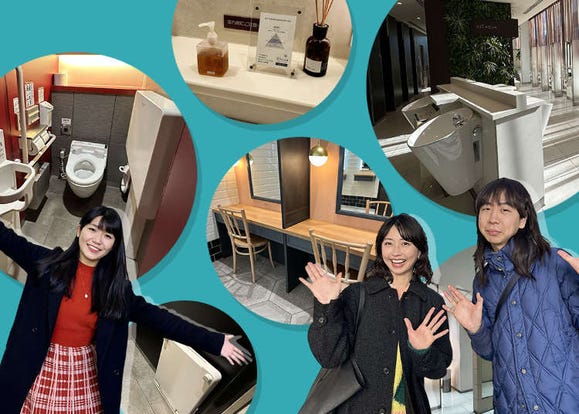
Comfy Toilet Map for Osaka Station: Can You Get Around with a Stroller? Are There Clean Powder Rooms?
-
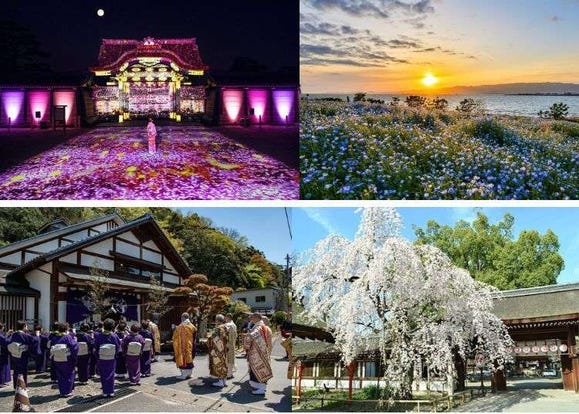
What to Do in Osaka & Kyoto in April 2024: Enjoy Japan's Exciting Spring Events
-

What Items Does a Japanese Stationery Lover Want Most? We Find Out with Taku Kidate!
-
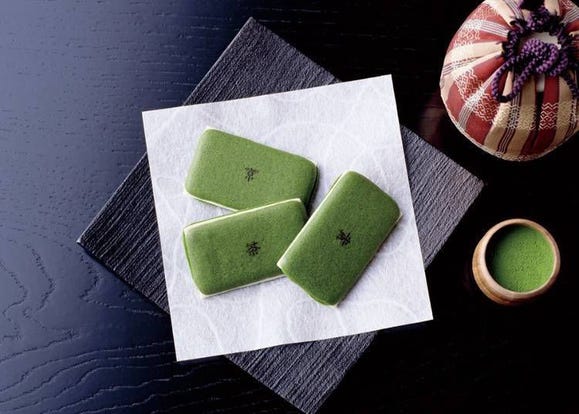
Kyoto Souvenirs: 5 Popular Shops and Gift Ideas Along Arashiyama Shopping Street
-

Exploring the Timeless Beauty and Spiritual Significance of Nara's Popular Temples
-
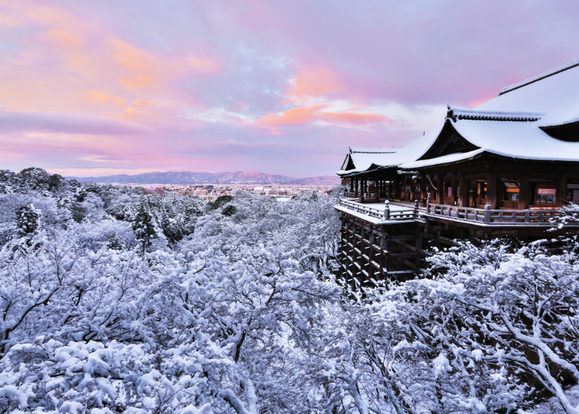
Beyond Stunning! Kyoto’s Most Gorgeous Temples Explored!
-
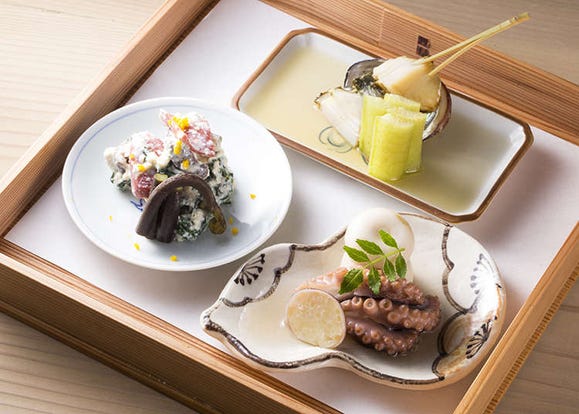
Fine Japanese Dining in Kyoto! Top 3 Japanese Restaurants in Kiyamachi and Pontocho Geisha Districts
-

Kyoto Trip: 10 Most Popular Temples Around Arashiyama (October 2019 Ranking)
-

Visiting Nara's Hasedera Temple: This 'Temple of Flowers' Is Home to Stunning Statues!
- #best gourmet Osaka
- #things to do Osaka
- #what to do in kyoto
- #what to bring to japan
- #best gourmet Kyoto
- #new years in Osaka
- #what to buy in nanba
- #Visiting Osaka
- #onsen tattoo friendly arima
- #daiso
- #Visiting Kyoto
- #best japanese soft drinks
- #japanese fashion culture
- #japanese convenience store snacks
- #japanese nail trends















